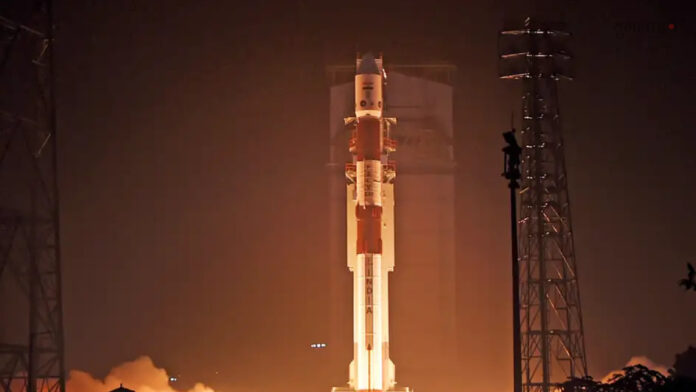Satellite Docking Technology: In a landmark achievement for India’s space program, the Indian Space Research Organisation (ISRO) has successfully conducted its first-ever satellite docking operation, joining an exclusive group of nations with this capability. The space agency released footage on Friday showcasing the precise coupling of two satellites as part of its Space Docking Experiment (SpaDeX), making India only the fourth country globally to master this technology after the United States, Russia, and China.
ISRO’s Historic Space-Docking Mission: India Joins Elite Club with Groundbreaking SpaDeX Launch
Key Highlights:
- The historic docking occurred in the early hours of January 16, 2025
- Two satellites, SDX-01 and SDX-02, participated in the experimental mission
- The operation included successful maneuvers from 15 meters to 3 meters holding position
- ISRO plans to conduct additional undocking and power transfer tests in coming days
Strategic Importance
This technological breakthrough is crucial for India’s ambitious future space missions, including:
- Chandrayaan-4 lunar mission
- Gaganyaan human spaceflight program
- Bharatiya Antriksh Station (India’s space station planned for 2035)
- Future lunar landing missions with astronauts
“India docked its name in space history!” declared ISRO in their official announcement on social media platform X. The achievement follows a successful trial attempt on January 12, where the spacecraft were brought to within three meters of each other before being safely separated.
ISRO’s new chairperson, V Narayanan, praised the team’s achievement in a message included with the video release. The success of this mission demonstrates India’s growing capabilities in complex space operations and positions the country for more ambitious space exploration projects.
The SpaDeX mission, which launched on December 30, 2024, from the Satish Dhawan Space Centre, represents a significant step forward in India’s space capabilities. Satellite docking technology is essential for complex space missions requiring multiple launches and assembly in orbit.
This achievement comes as India continues to expand its space program, with the government recently approving a third launch pad at Sriharikota worth ₹3,985 crore, further strengthening the nation’s space infrastructure.




